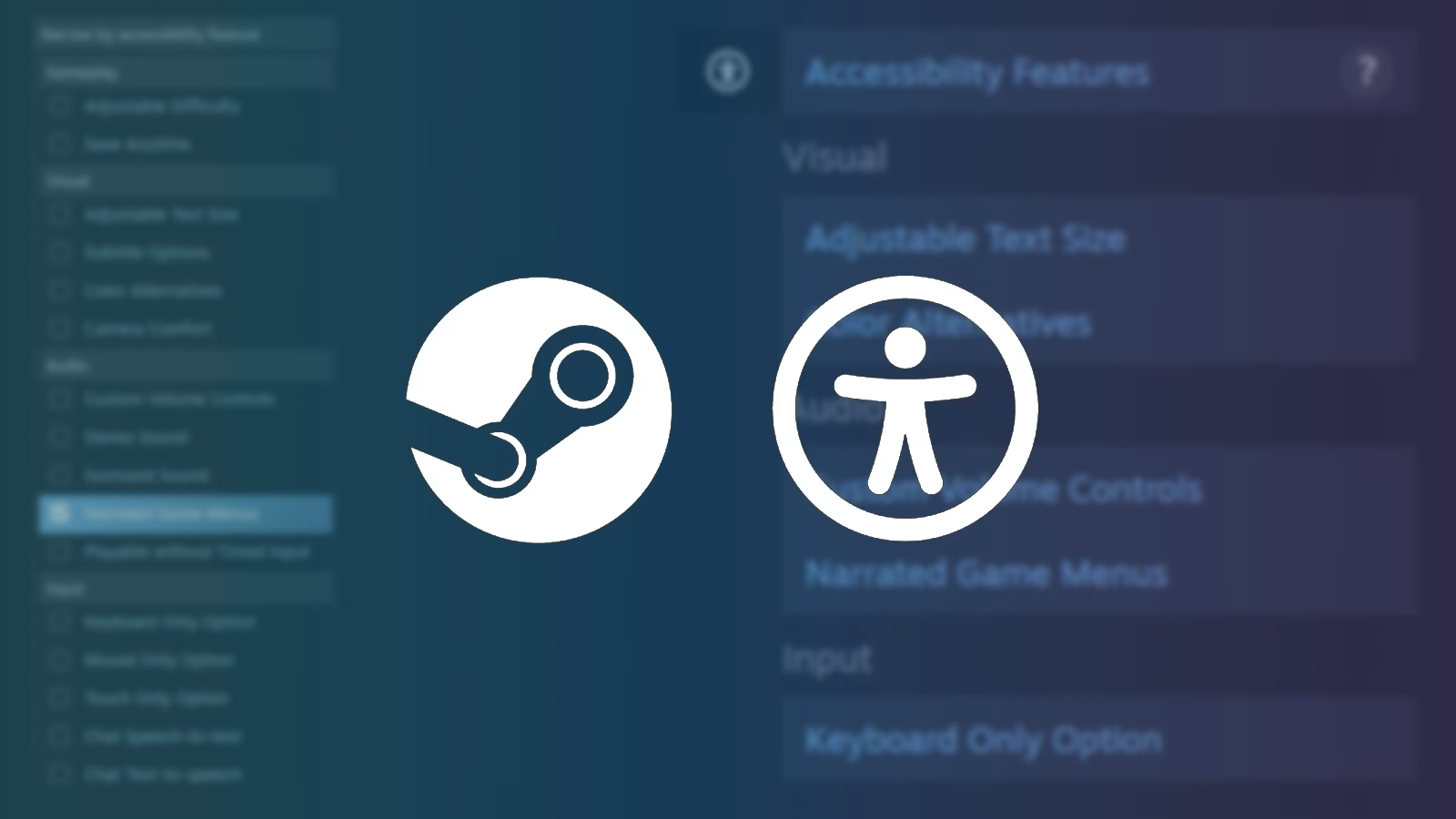Valve's Latest Beta: A Big Step Forward for Accessibility in Steam Big Picture and SteamOS
It's always encouraging to see major players in the gaming industry double down on inclusivity. And frankly, Valve's latest move, introducing a suite of new accessibility features in the beta versions of Steam Big Picture Mode and SteamOS, feels like a genuinely significant moment. For too long, accessibility has been an afterthought in many corners of tech, but we're finally seeing a shift. This isn't just a minor patch; it's a clear statement about who Valve wants to include in its gaming ecosystem.
Think about it: gaming is a universal language, a shared passion. But for millions of players with disabilities, the barriers to entry can be immense. From navigating complex menus to executing precise in-game actions, what seems trivial to some can be an insurmountable hurdle for others. That's why these updates are so crucial. They're not just adding features; they're opening doors.
The Growing Momentum for Inclusive Gaming
This isn't Valve's first rodeo when it comes to accessibility. We've seen them make strides before, like introducing the ability to filter games by specific accessibility features in the Steam store. That was a welcome change, allowing players to find games that actually work for them without endless trial and error. But integrating these features directly into the core user experience – Big Picture Mode and SteamOS – takes it to a whole new level.
It reflects a broader, and very welcome, trend across the entire gaming landscape. Companies are realizing that accessibility isn't just a niche concern or a box to tick for compliance; it's a fundamental aspect of good design and a pathway to a larger, more engaged player base. When you make your platform more accessible, you're not just helping a few people; you're improving the experience for everyone. It's a rising tide that lifts all boats, if you will.
Diving Into the New Features: What's Changed?
So, what exactly is Valve rolling out in this beta? While the full list of granular changes is extensive, the core focus appears to be on enhancing navigation, visual clarity, and control customization. We're talking about things that directly impact how a player interacts with the system itself, not just the games.
For instance, reports from sources like The Verge and GamingOnLinux highlight improvements like new color blind options, which are a godsend for players with various forms of color vision deficiency. Imagine trying to distinguish between enemy and friendly indicators, or puzzle elements, when the colors all blend together. It's frustrating, to say the least. Customizable button mappings are another huge win. Not everyone can comfortably use a standard controller layout, and being able to remap controls to suit individual needs, whether due to motor skill challenges or preferred input devices, is incredibly empowering. These aren't just minor tweaks; they're foundational changes that make the platform usable for a much wider audience.
Impact on the Player Experience and SteamOS's Position
The immediate impact on players with disabilities is clear: a smoother, more enjoyable, and less frustrating gaming experience. Imagine being able to navigate the Steam interface with ease, or customize your controls so you can actually play that new AAA title you've been eyeing. It's about dignity, independence, and the simple joy of playing games without unnecessary hurdles. For many, this means finally being able to fully participate in a hobby they love.
Community Cheers and the Road Ahead
The initial reaction from the gaming community, especially on platforms like X, has been overwhelmingly positive. And why wouldn't it be? Gamers, by and large, want everyone to be able to enjoy their passion. There's a genuine appreciation for Valve's commitment to addressing actual disabilities with practical, impactful features. It shows they're listening, and that they care.
Of course, this is a beta, and there's always room for refinement and further expansion. Accessibility is an ongoing journey, not a destination. New challenges will emerge, and new technologies will offer new solutions. But this latest update is a strong indicator that Valve is serious about making Steam a truly inclusive platform. It sets a high bar, and hopefully, encourages other developers and platform holders to follow suit. The more accessible gaming becomes, the richer and more vibrant our community will be.
